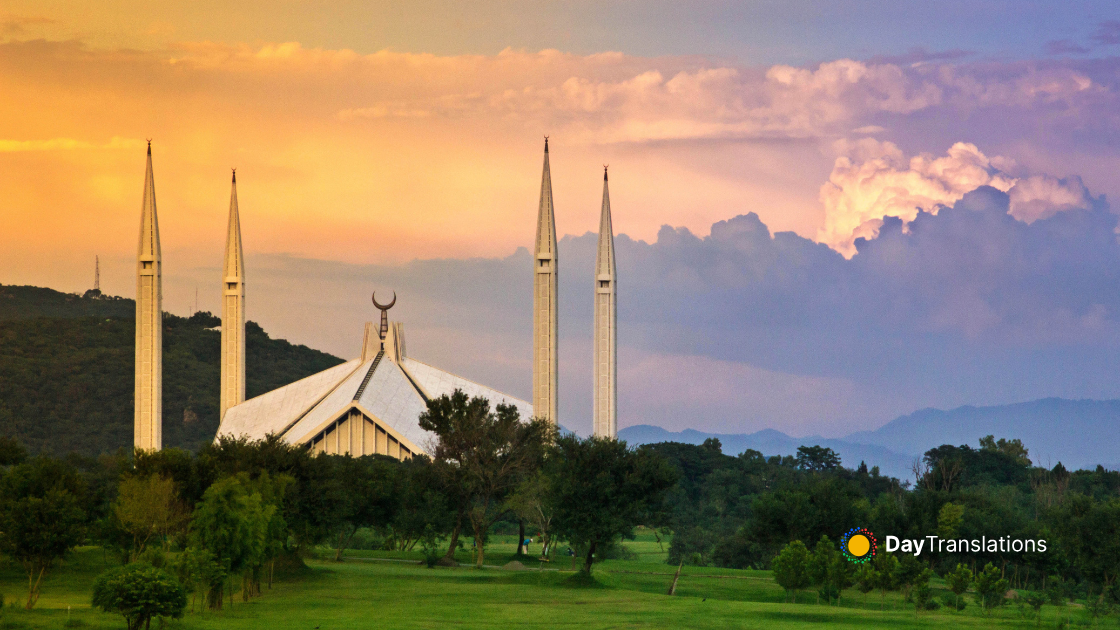The largest consumer in central America, Panama, is bordered by Costa Rica to the north-west, Colombia to the south-east, the Caribbean Sea to the north and the Pacific Ocean to the south. It is an international commercial business center. Panama is a global offshore banking center and its sectors continue to bloom by attracting many investors. Panama is a leader in integration with today’s global community.
:: Background of Panama ::
Explored and settled by the Spanish in the 16th century, Panama broke with Spain in 1821 and joined a union of Colombia, Ecuador, and Venezuela – named the Republic of Gran Colombia. When the latter dissolved in 1830, Panama remained part of Colombia. With US backing, Panama seceded from Colombia in 1903 and promptly signed a treaty with the US allowing for the construction of a canal and US sovereignty over a strip of land on either side of the structure (the Panama Canal Zone). The Panama Canal was built by the US Army Corps of Engineers between 1904 and 1914. In 1977, an agreement was signed for the complete transfer of the Canal from the US to Panama by the end of the century. Certain portions of the Zone and increasing responsibility over the Canal were turned over in the subsequent decades. With US help, dictator Manuel NORIEGA was deposed in 1989. The entire Panama Canal, the area supporting the Canal, and remaining US military bases were transferred to Panama by the end of 1999. In October 2006, Panamanians approved an ambitious plan to expand the Canal. The project, which began in 2007 and could double the Canal’s capacity, is expected to be completed in 2014-15.
In this Country Profile
:: Geography of Panama ::
Location: Central America, bordering both the Caribbean Sea and the North Pacific Ocean, between Colombia and Costa Rica.
Geographic coordinates: 9 00 N, 80 00 W
Area:
total: 78,200 sq km
land: 75,990 sq km
water: 2,210 sq km
Area – comparative: slightly smaller than South Carolina
Land boundaries: total: 555 km border countries: Colombia 225 km, Costa Rica 330 km
Maritime claims:
territorial sea: 12 nm
contiguous zone: 24 nm
exclusive economic zone: 200 nm or edge of continental margin
Climate: tropical maritime; hot, humid, cloudy; prolonged rainy season (May to January), short dry season (January to May)
Terrain: interior mostly steep, rugged mountains and dissected, upland plains; coastal areas largely plains and rolling hills.
Elevation extremes:
lowest point: Pacific Ocean 0 m
highest point: Volcan Baru 3,475 m
Natural resources: copper, mahogany forests, shrimp, hydropower
Land use:
arable land: 7.26%
permanent crops: 1.95%
other: 90.79% (2005)
Natural hazards: occasional severe storms and forest fires in the Darien area
Environment – current issues: water pollution from agricultural runoff threatens fishery resources; deforestation of tropical rain forest; land degradation and soil erosion threatens siltation of Panama Canal; air pollution in urban areas; mining threatens natural resources.
Environment – international agreements: party to: Biodiversity, Climate Change, Climate Change-Kyoto Protocol, Desertification, Endangered Species, Hazardous Wastes, Law of the Sea, Marine Dumping, Ozone Layer Protection, Ship Pollution, Tropical Timber 83, Tropical Timber 94, Wetlands, Whaling. Signed, but not ratified: Marine Life Conservation.
:: People of Panama ::
Population: 3,309,679 (July 2008 est.)
Age structure:
0-14 years: 29.6% (male 499,254/female 479,242)
15-64 years: 63.8% (male 1,066,915/female 1,043,499)
65 years and over: 6.7% (male 102,937/female 117,832) (2008 est.)
Median age:
total: 26.7 years
male: 26.3 years
female: 27.1 years (2008 est.)
Population growth rate: 1.544% (2008 est.)
Birth rate: 20.68 births/1,000 population (2008 est.)
Death rate: 4.71 deaths/1,000 population (2008 est.)
Net migration rate: -0.53 migrant(s)/1,000 population (2008 est.)
Sex ratio:
at birth: 1.04 male(s)/female
under 15 years: 1.04 male(s)/female
15-64 years: 1.02 male(s)/female
65 years and over: 0.87 male(s)/female
total population: 1.02 male(s)/female (2008 est.)
Infant mortality rate:
total: 13.4 deaths/1,000 live births
male: 14.35 deaths/1,000 live births
female: 12.42 deaths/1,000 live births (2008 est.)
Life expectancy at birth:
total population: 76.88 years
male: 74.08 years
female: 79.81 years (2008 est.)
Total fertility rate: 2.57 children born/woman (2008 est.)
HIV/AIDS – adult prévalence rate: 0.9% (2003 est.)
HIV/AIDS – people living with HIV/AIDS: 16,000 (2003 est.)
HIV/AIDS – deaths: fewer than 500 (2003 est.)
Nationality: noun: Panamanian(s) adjective: Panamanian
Ethnic groups: mestizo (mixed Amerindian and white) 70%, Amerindian and mixed (West Indian) 14%, white 10%, Amerindian 6%
Religions: Roman Catholic 85%, Protestant 15%
Languages: Spanish (official), English 14%; note – many Panamanians bilingual
Literacy:
definition: age 15 and over can read and write
total population: 91.9%
male: 92.5%
female: 91.2% (2000 census)

Sorry, the comment form is closed at this time.